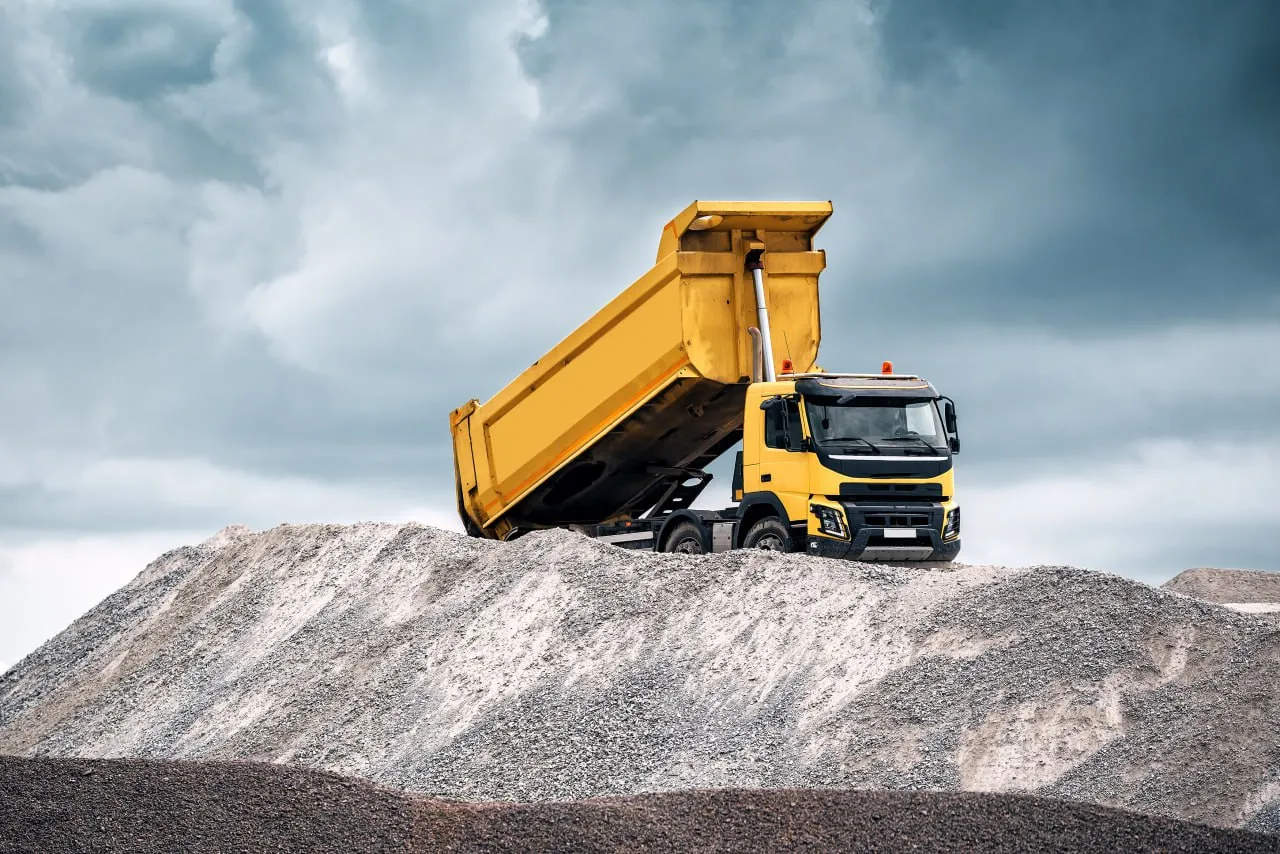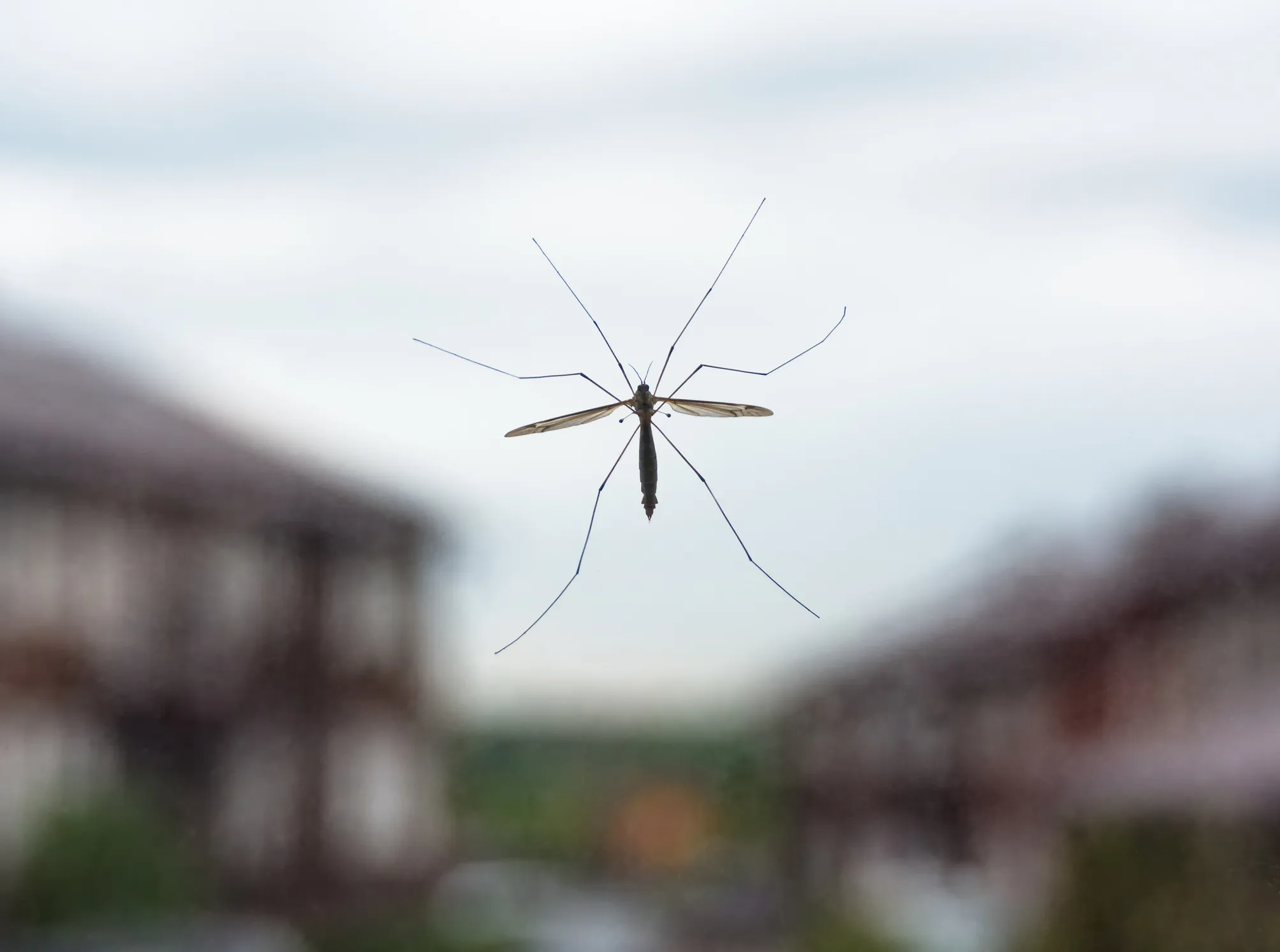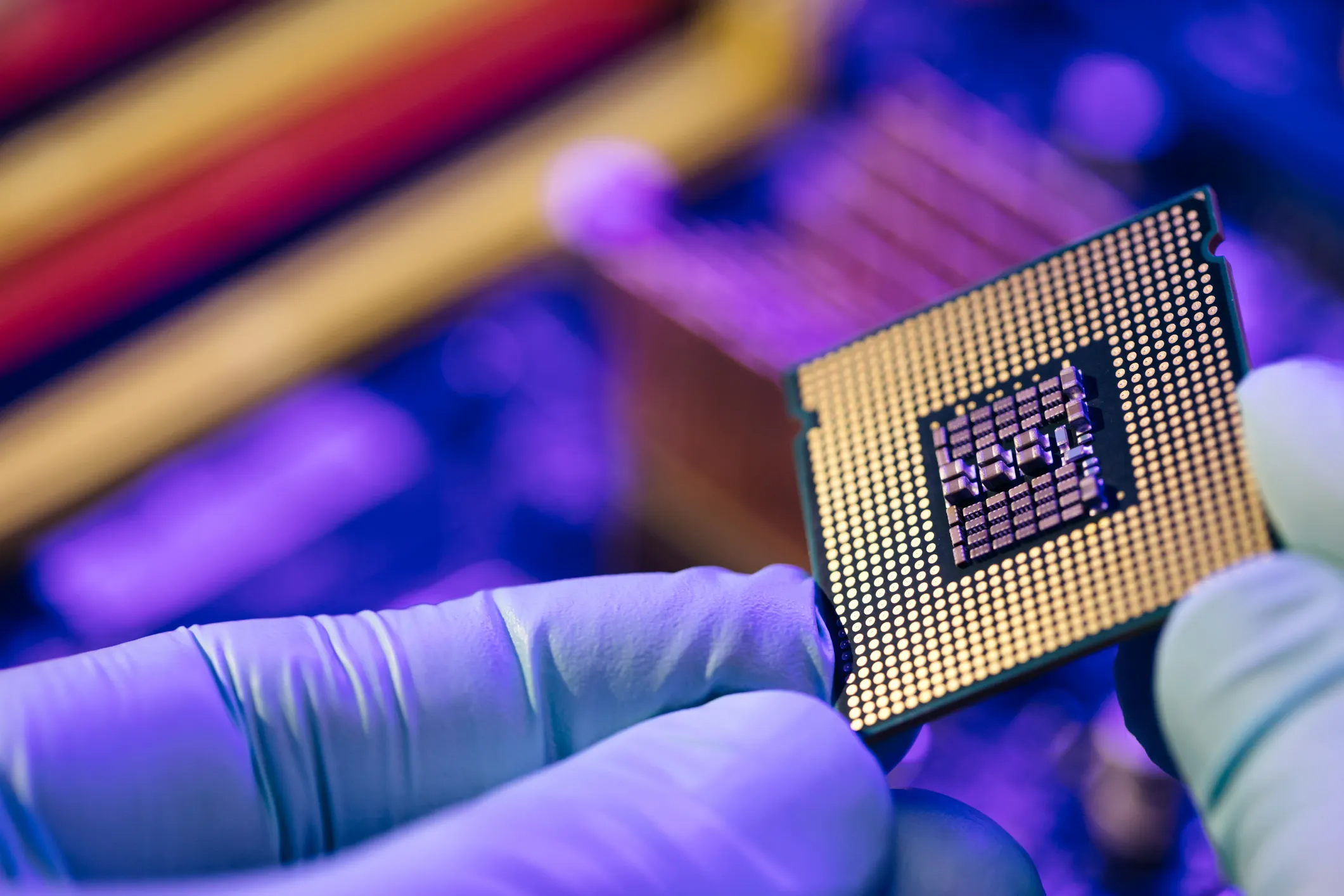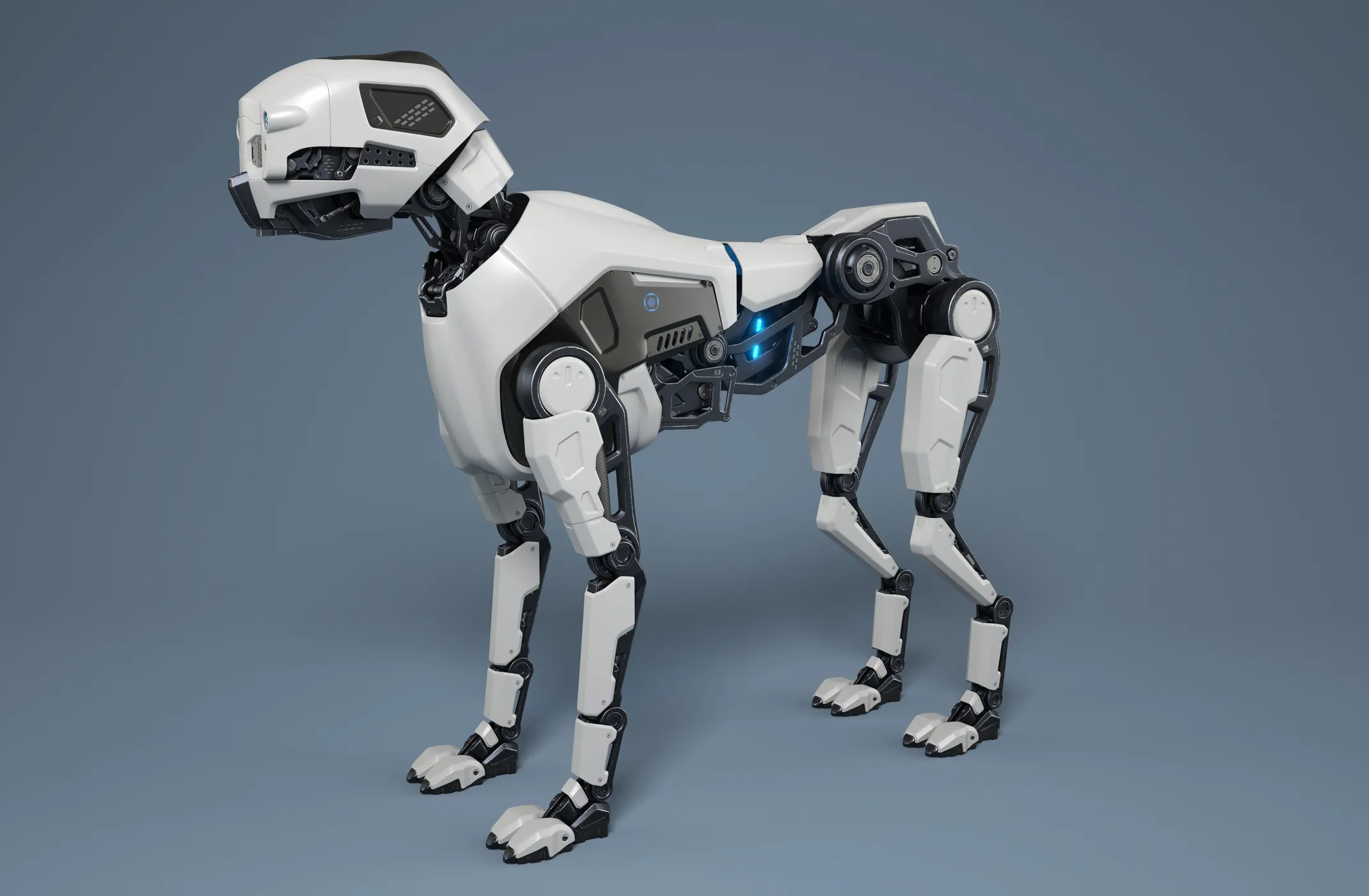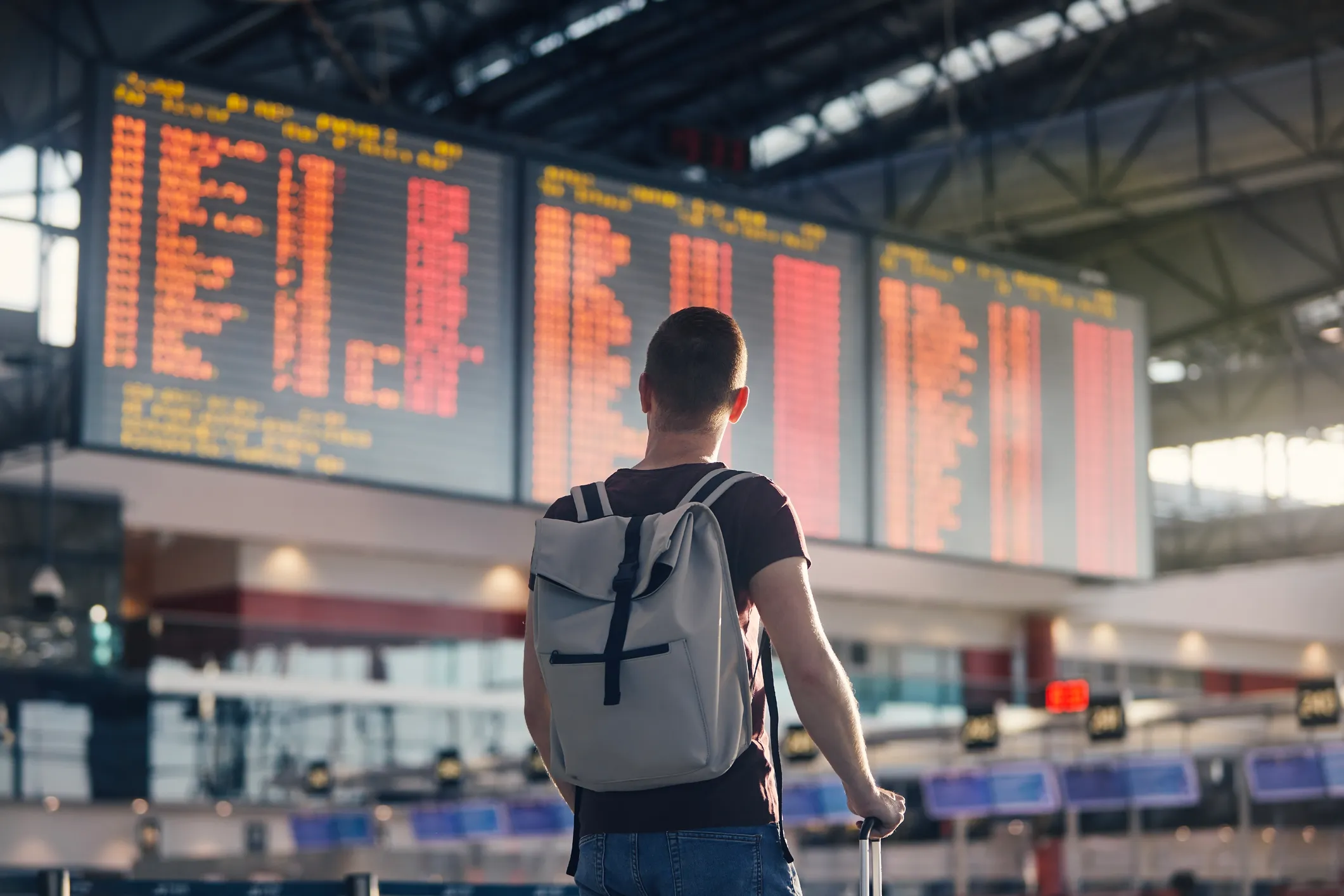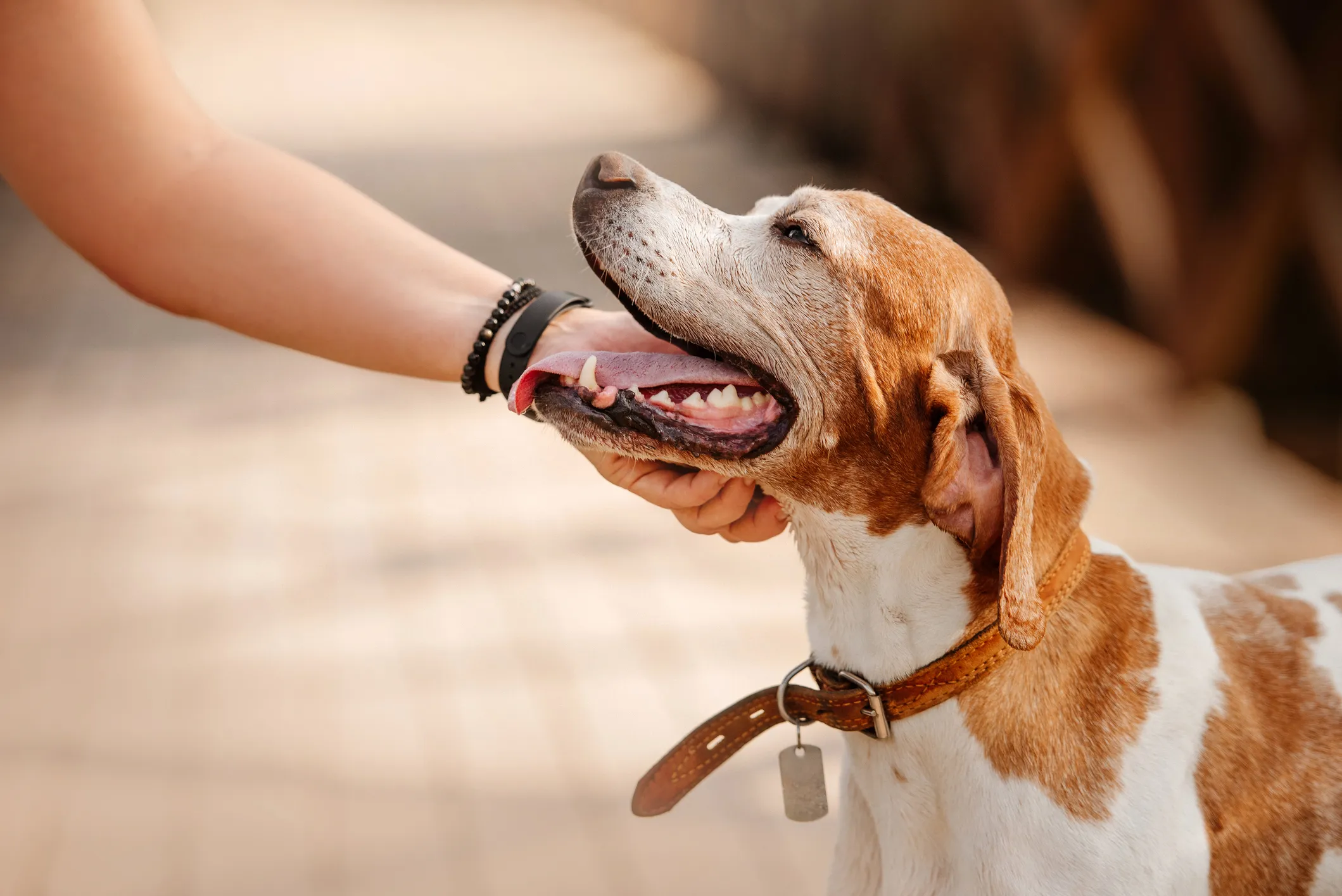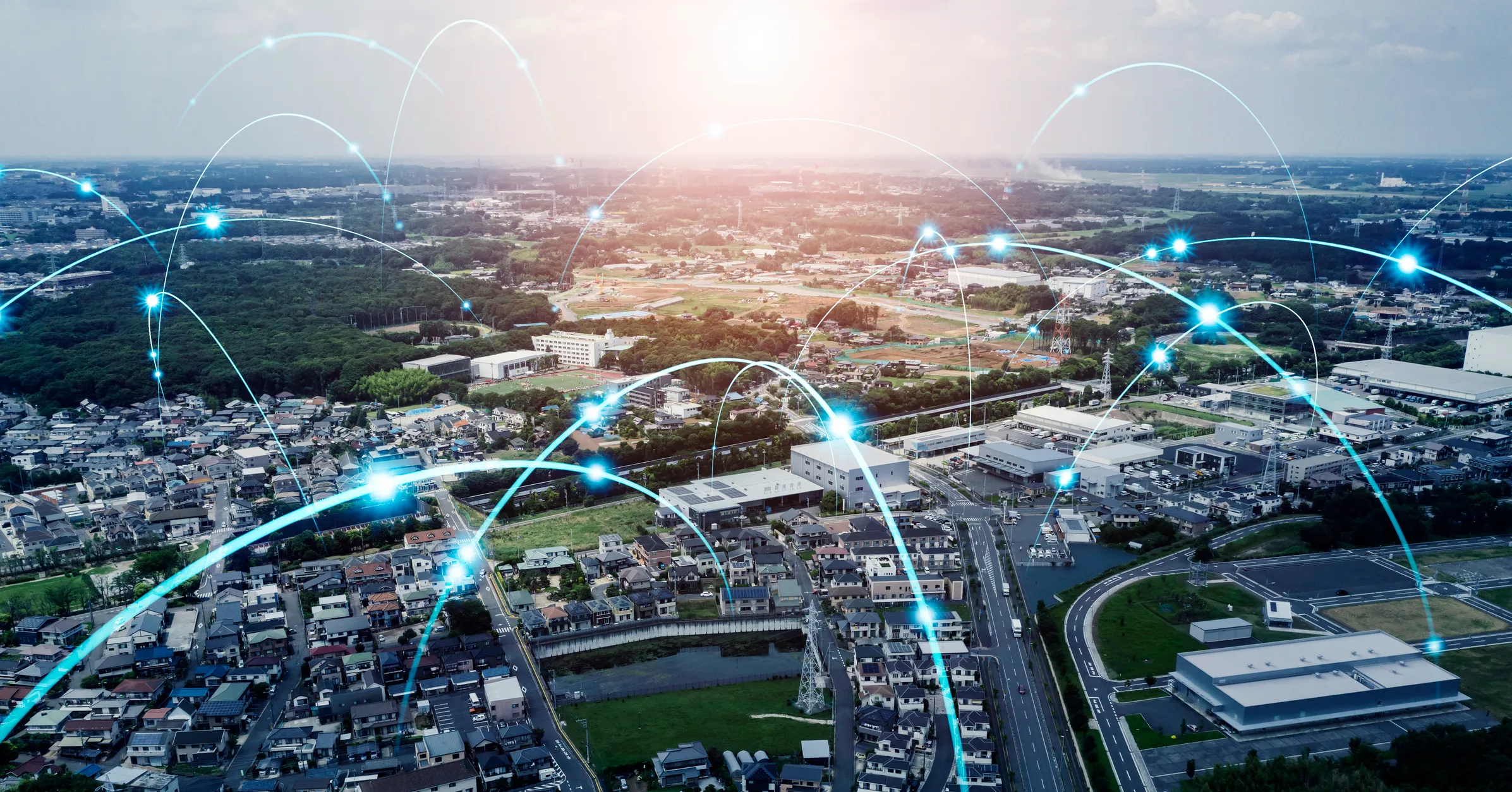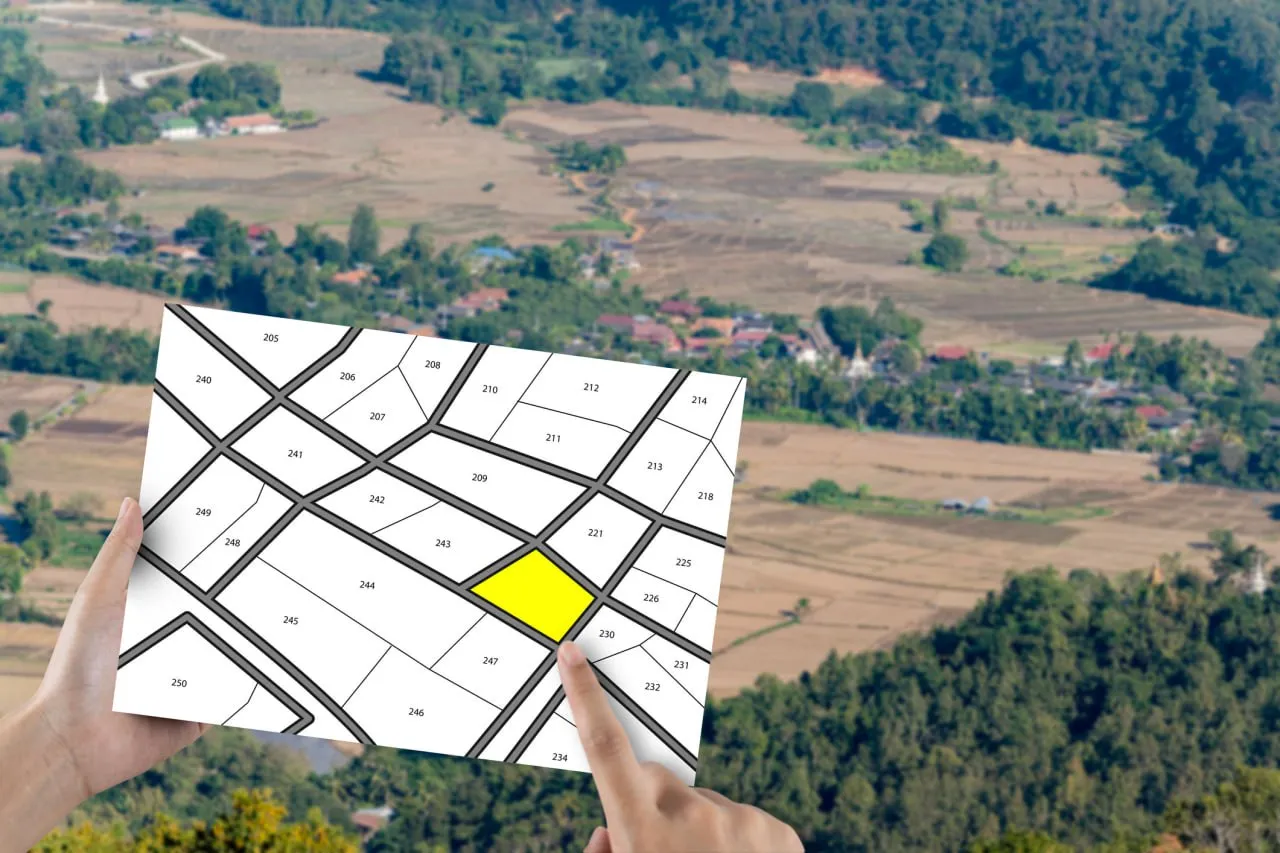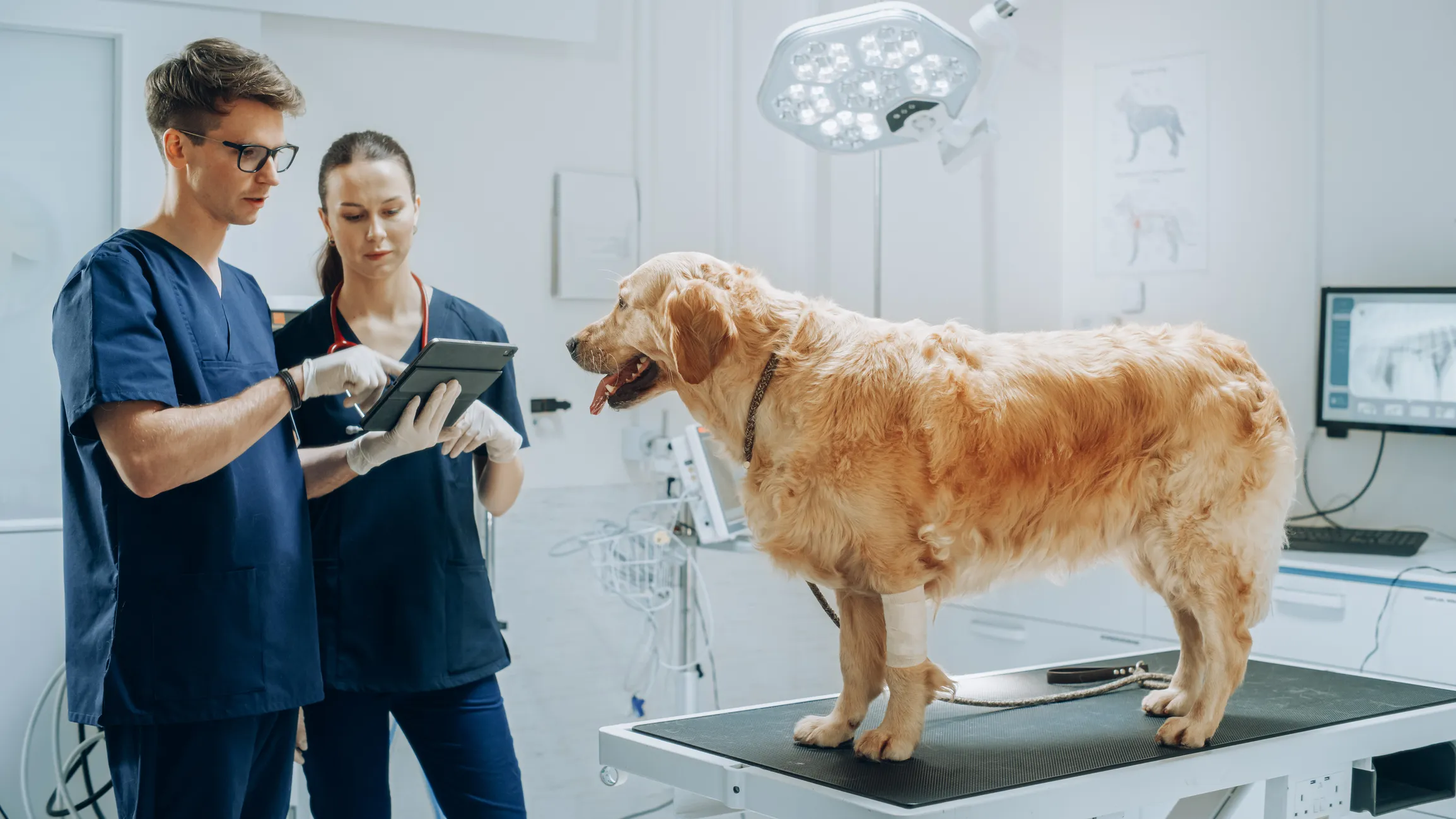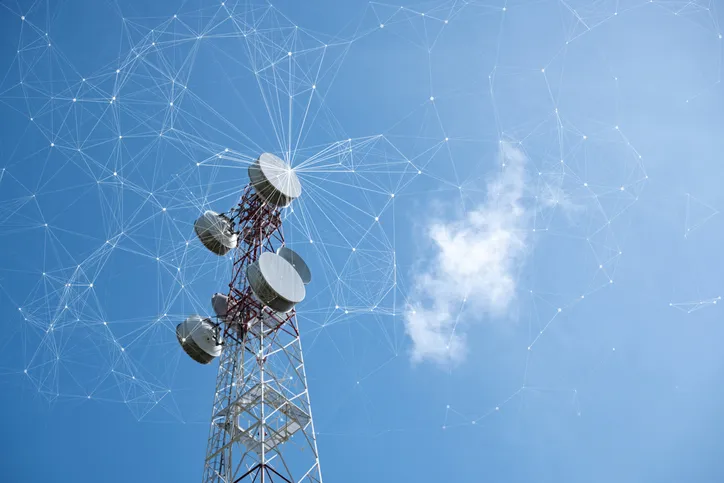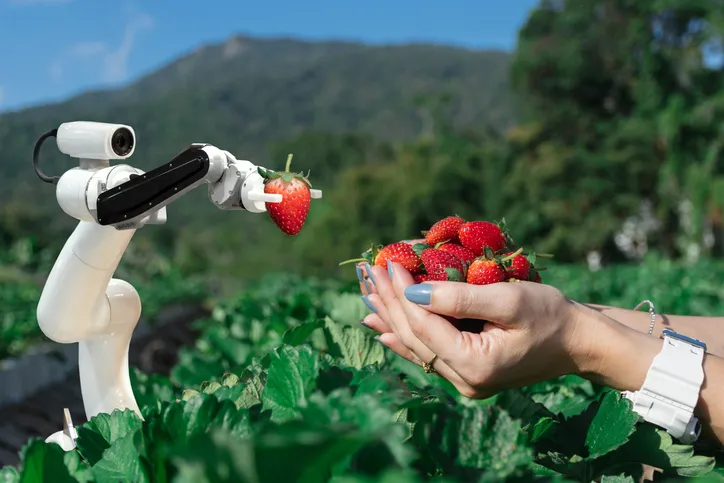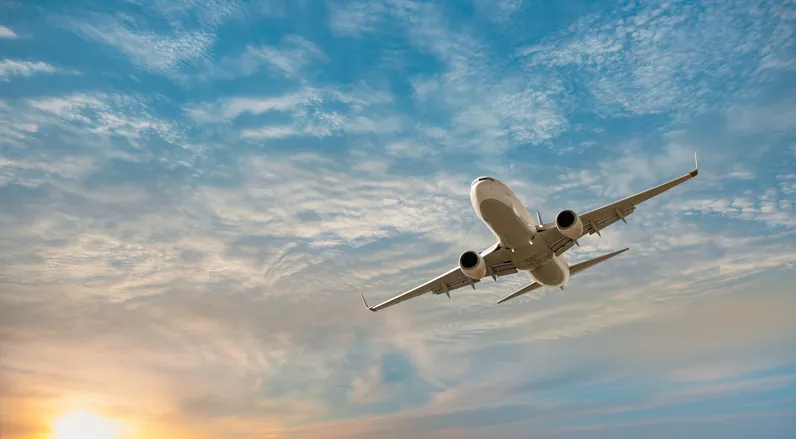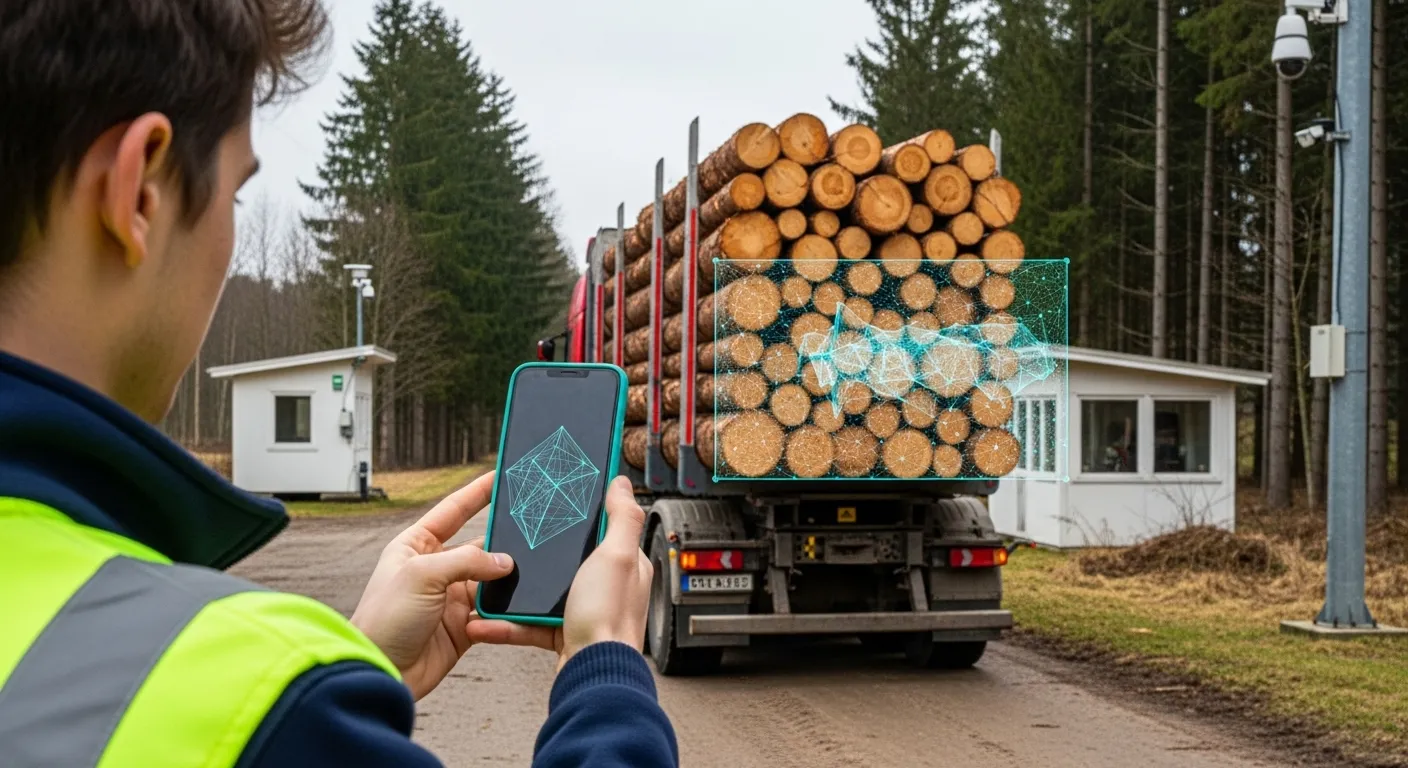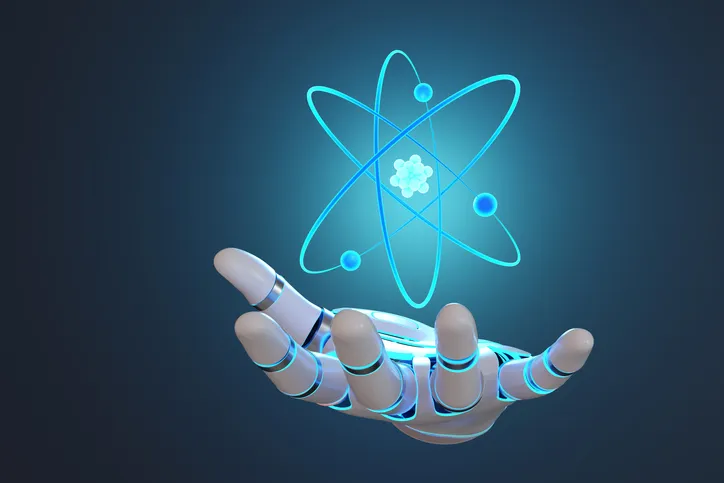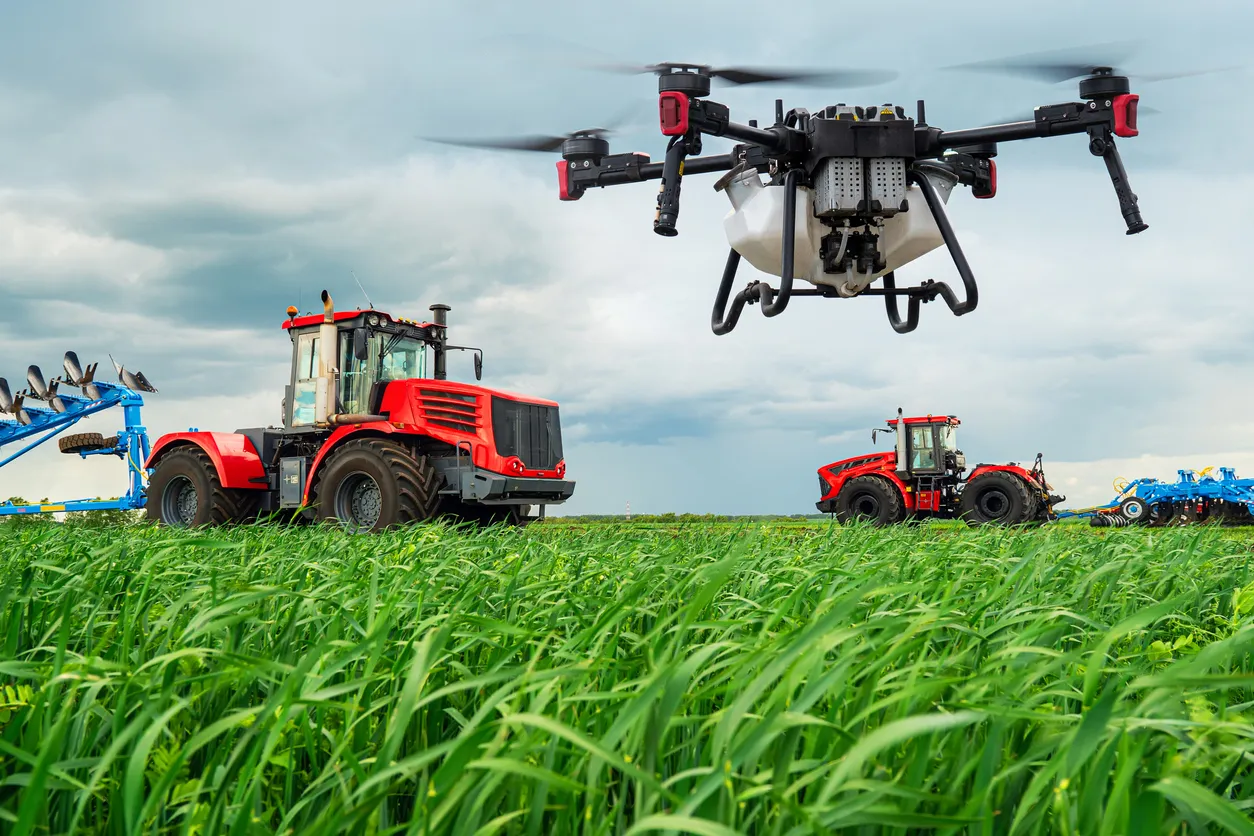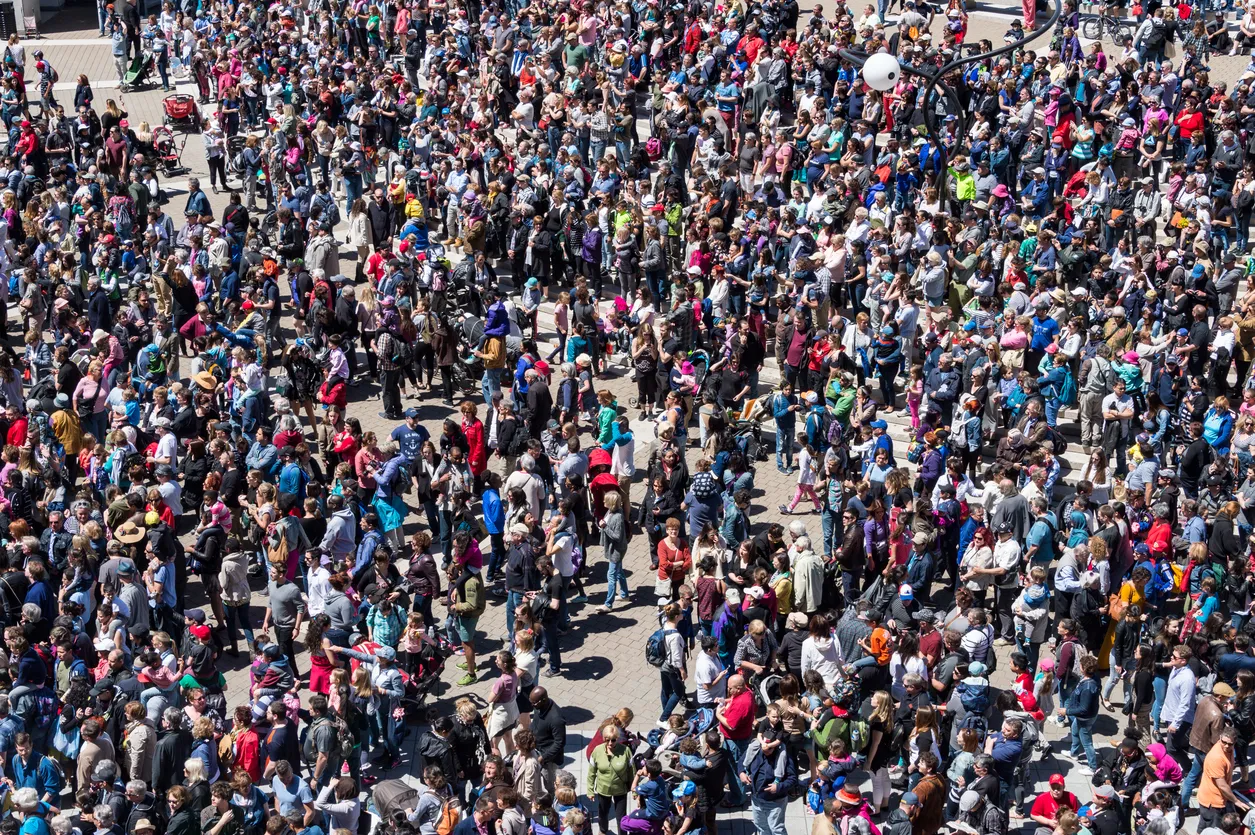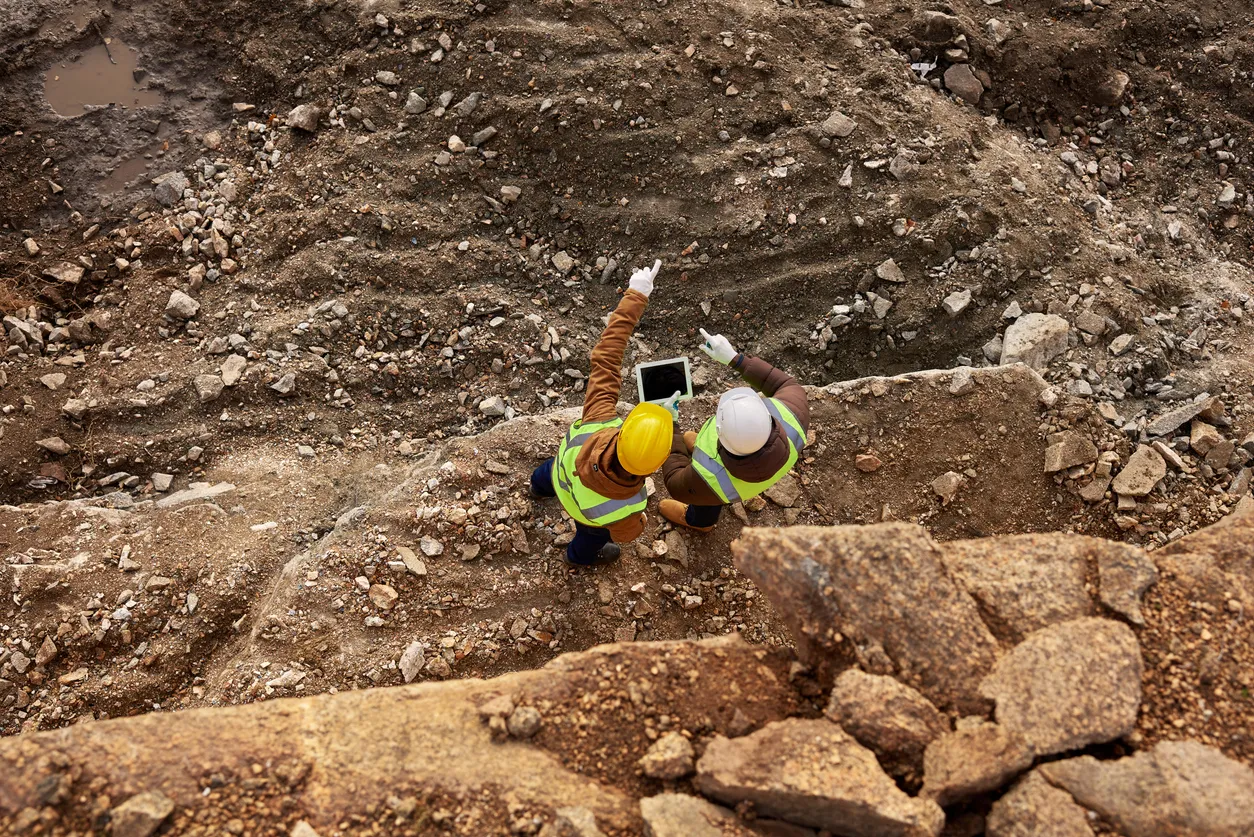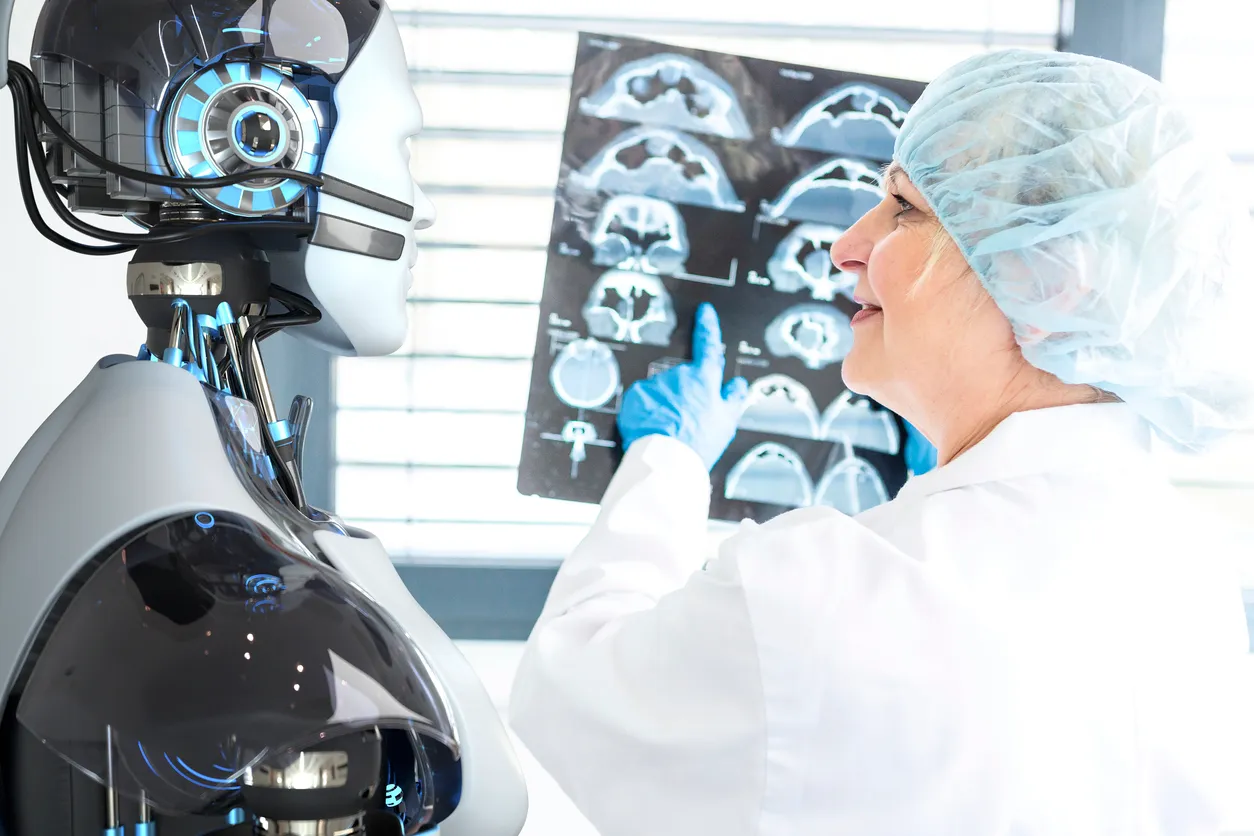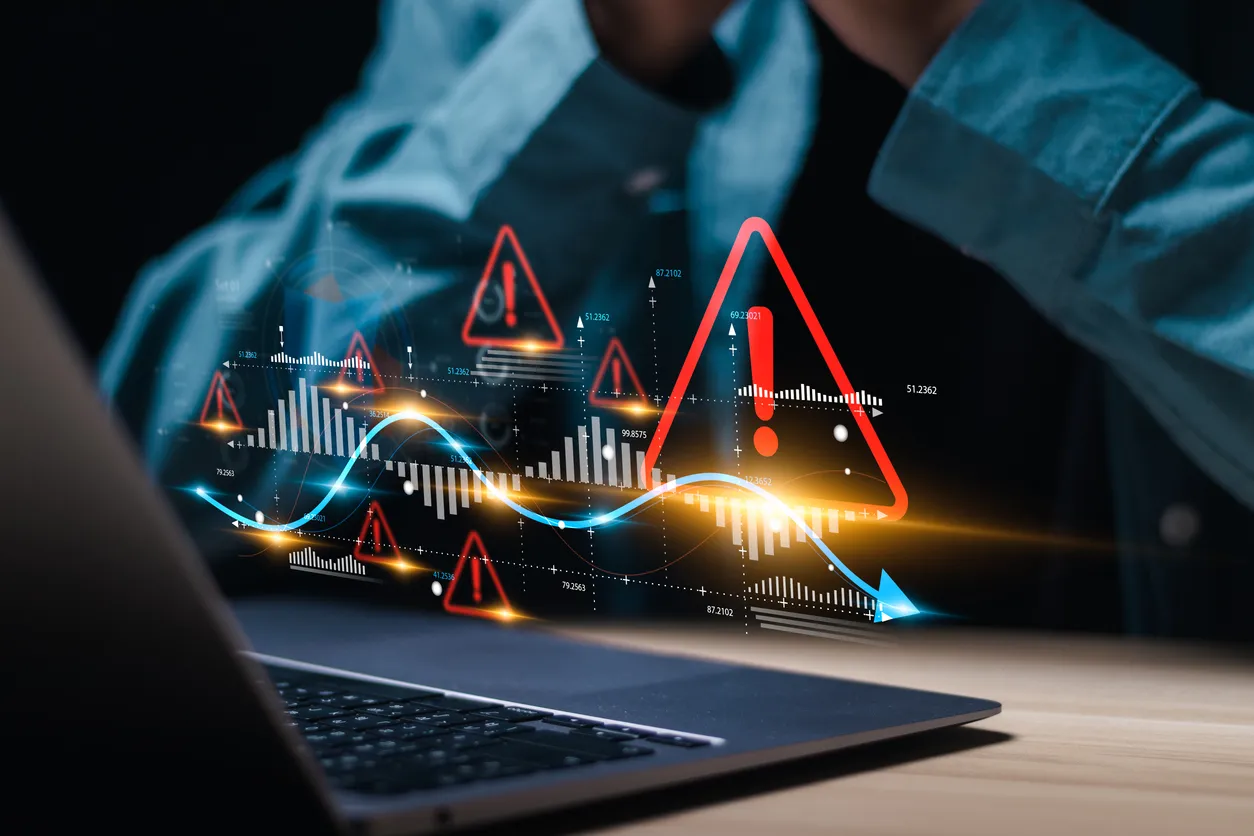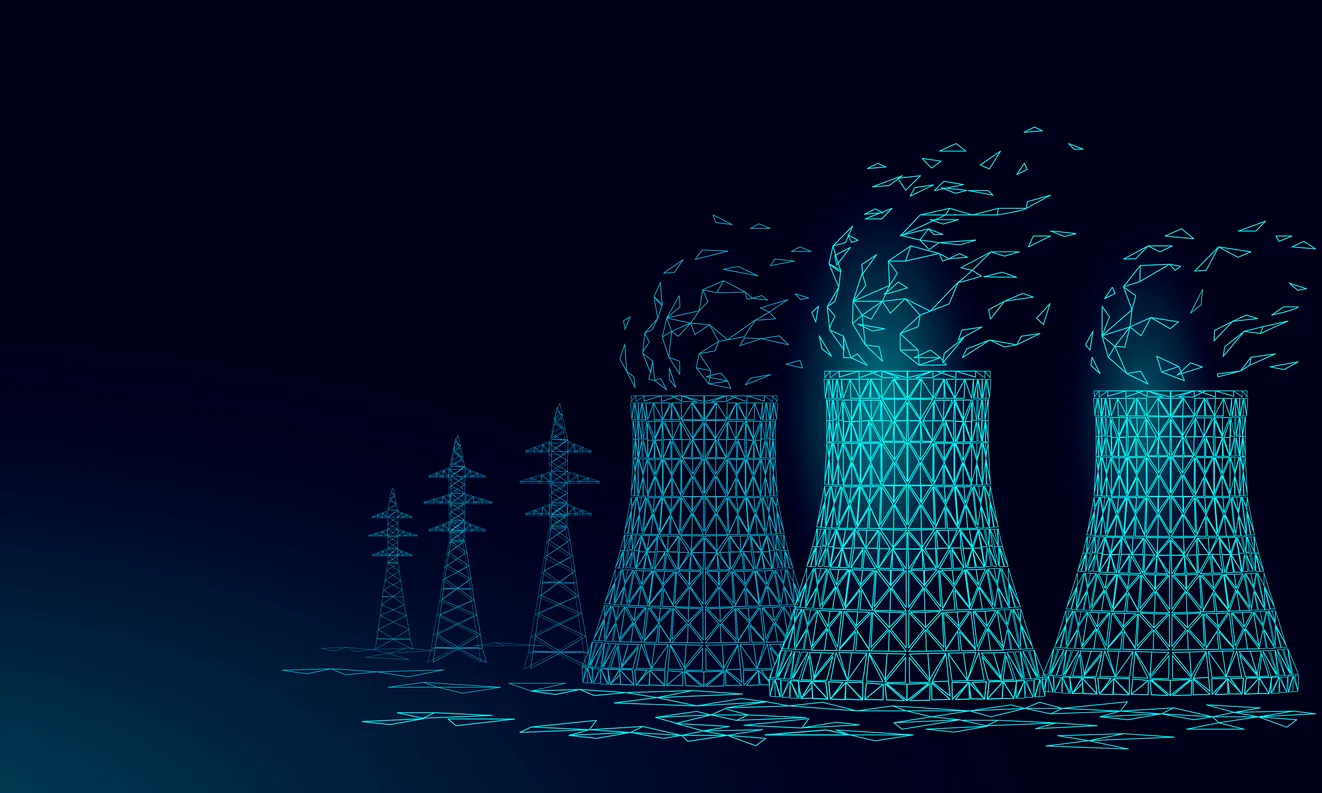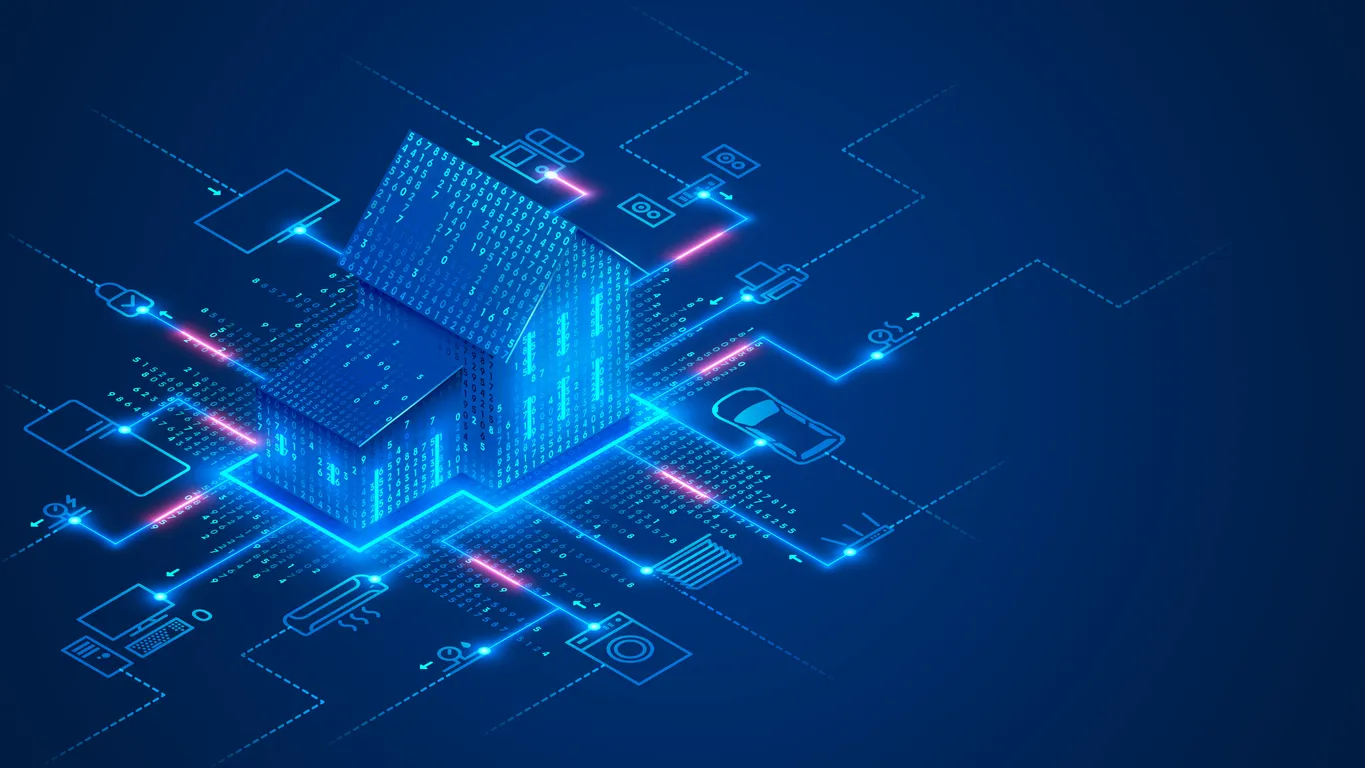Three Key AI Applications Set to Transform Russian Agriculture
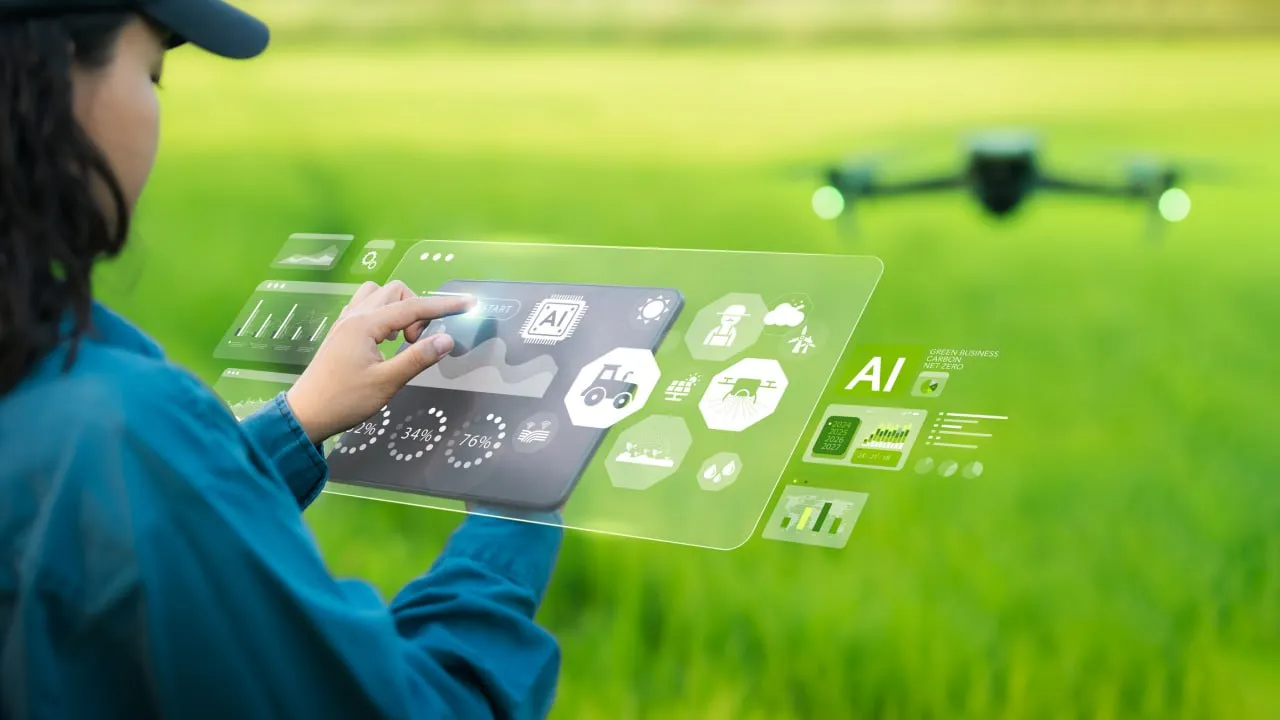
Researchers at Southern Federal University identify digital soil twins, AI‑driven yield forecasting, and drone analytics as the top innovations poised to boost food security, land‑use efficiency, and cost savings across Russia’s farms
Digital Soil Twins for Precision Management
Southern Federal University specialists propose creating digital replicas of agricultural land to monitor soil health in real time. By combining satellite imagery, ground‑sensor data, and historical records, AI models can assess nutrient levels, moisture content, and compaction with pinpoint accuracy. “Digital twins allow us to calculate precise fertilizer dosages, optimize cadastral valuations, and make data‑driven land‑management decisions,” explains Dr. Olga Petrova, lead author of the study.
Analytically, these virtual soils enable scenario testing—simulating how different crop rotations or weather events will affect yields. Farmers gain actionable insights into optimal planting dates and input applications, reducing overuse of fertilizers by up to 20 percent while preserving long‑term soil fertility.
AI‑Powered Yield Forecasting
The team also highlights AI’s capacity to forecast crop yields by evaluating dozens of variables—from soil composition and topography to temperature, rainfall, and pest pressure. Machine‑learning algorithms trained on multi‑year datasets can predict harvest volumes with more than 90 percent accuracy, according to preliminary trials in the Rostov region.
For growers and supply‑chain managers, reliable yield estimates translate into improved logistics planning, reduced waste, and stabilized market prices. Early forecasts enable distributors to allocate storage and transportation resources efficiently, minimizing bottlenecks and ensuring fresh produce reaches urban centers promptly.
Drone‑Based Monitoring and Targeted Input Application
Finally, drone platforms equipped with AI‑powered imaging are poised to revolutionize field surveillance. High‑resolution cameras and multispectral sensors scan vast tracts in minutes, flagging signs of disease, nutrient deficiency, or water stress. Autonomous drones can even deploy micro‑doses of fertilizers or biopesticides directly onto affected areas.
This precision intervention reduces chemical use by up to 30 percent and cuts labor costs associated with manual scouting. From an analytics perspective, continuous aerial data feeds allow agronomists to refine crop‑management models, further enhancing yield and resource efficiency.
Toward Widespread Adoption
With global food‑security challenges mounting, Russia’s embrace of AI in agriculture could begin within five years, experts predict. The combined impact of digital soil twins, yield‑forecasting algorithms, and drone interventions promises to elevate productivity, lower operational expenses, and secure the nation’s food supply—while offering a scalable blueprint for sustainable farming worldwide.



